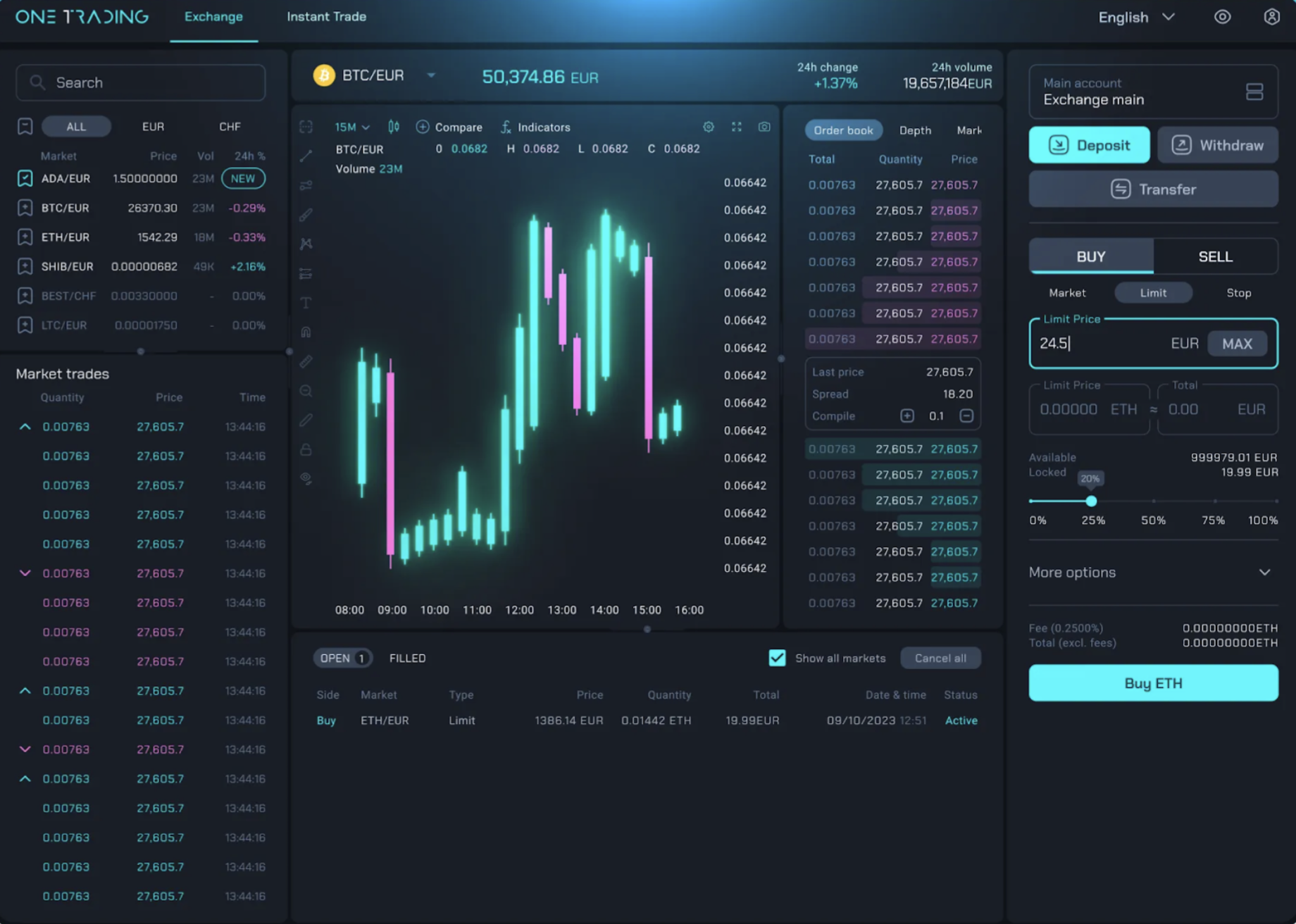
Understanding Trading Strategies
At its core, a trading strategy is a systematic plan designed to achieve profitable returns. It defines when to buy or sell assets based on pre-set criteria. More than just a set of rules, a strategy is a trader’s toolkit for decision-making, rooted in financial analysis, past performance, and market dynamics.

Source: onetrading.com
Why Are Trading Strategies Important?
Structure and Clarity: A defined strategy reduces guesswork, helping traders avoid impulsive decisions driven by fear or greed.
Risk Management: It enables traders to set clear rules for managing risk, such as stop-loss levels and position sizing.
Consistency: A solid plan ensures consistent behavior, fostering discipline and long-term success.
How Trading Strategies Differ
Trading strategies vary based on time horizon, market conditions, and individual preferences. Key differences include:
Time Frame: Day trading involves intraday trades, while position trading spans months or years.
Risk Tolerance: Some strategies, like scalping, focus on frequent small gains with low risk per trade, while others, like swing trading, tolerate more risk for larger potential returns.
Techniques: Strategies can use technical indicators, fundamental analysis, or a combination of both.
Popular Types of Trading Strategies
1. Scalping
A rapid-fire strategy where traders aim to profit from small price movements over seconds or minutes.
Key Features:
High frequency of trades.
Relies on technical analysis and quick decision-making.
Pros:
Frequent trading opportunities.
Reduced exposure to prolonged market risks.
Cons:
High transaction costs.
Requires intense focus and discipline.
2. Day Trading
Buying and selling assets within the same trading day to capitalize on short-term market movements.
Key Features:
Avoids overnight risks by closing all positions daily.
Requires analysis of intraday trends and news.
Pros:
High profit potential per trade.
Flexible; can be done anywhere with an internet connection.
Cons:
High risk; requires strong market knowledge.
Emotional discipline is critical to avoid overtrading.
3. Swing Trading
Captures gains over days to weeks, profiting from predictable market swings.
Key Features:
Uses technical tools like RSI and Bollinger Bands.
Balances active trading with less time commitment than day trading.
Pros:
Fewer trades reduce transaction costs.
Provides flexibility to adjust to market trends.
Cons:
Exposed to overnight risks.
Requires continuous learning to adapt to new patterns.
4. Position Trading
A long-term strategy focusing on major market trends over months or years.
Key Features:
Relies on fundamental analysis and macroeconomic trends.
Patience is crucial to hold through fluctuations.
Pros:
High potential gains from long-term trends.
Lower transaction costs.
Cons:
Requires significant capital and strong risk management.
Limited ability to exploit short-term opportunities.
5. Trend Following
Identifies and trades in the direction of prevailing market trends.
Key Features:
Uses moving averages, trendlines, and volume analysis.
Suitable for both short-term and long-term trading.
Pros:
Clear direction; “the trend is your friend.”
Flexible across various time frames.
Cons:
Vulnerable to sudden trend reversals.
Requires continuous monitoring.
Creating Your Trading Strategy
Developing a trading strategy requires careful thought and planning. Here’s how to start:
Assess Your Risk Tolerance: Understand how much loss you can endure without emotional distress. Your financial situation and investment goals should guide this.
Set Clear Goals: Define specific objectives, such as desired returns, acceptable risks, and time commitments.
Choose the Right Market: Select markets that match your expertise and risk appetite, whether stocks, forex, commodities, or cryptocurrencies.
Backtest and Refine: Test your strategy on historical data to evaluate its effectiveness. Incorporate transaction costs and adjust as needed.
Monitor and Adapt: Regularly review your performance and adapt your strategy to changing market conditions.

Source: www.t4trade.com
Psychological Considerations in Trading
Trading isn’t just about numbers; psychology plays a pivotal role. Traders must manage emotions like fear and greed, maintain discipline, and develop resilience to handle losses. Staying informed and committed to continuous learning are keys to long-term success.
Conclusion
Trading strategies are not one-size-fits-all. They must be tailored to your unique goals, risk tolerance, and market understanding. Whether you’re a beginner exploring scalping or an experienced trader refining position trading, success lies in discipline, adaptability, and a commitment to learning. The markets are dynamic, but with a solid strategy, you can navigate them confidently and profitably.
